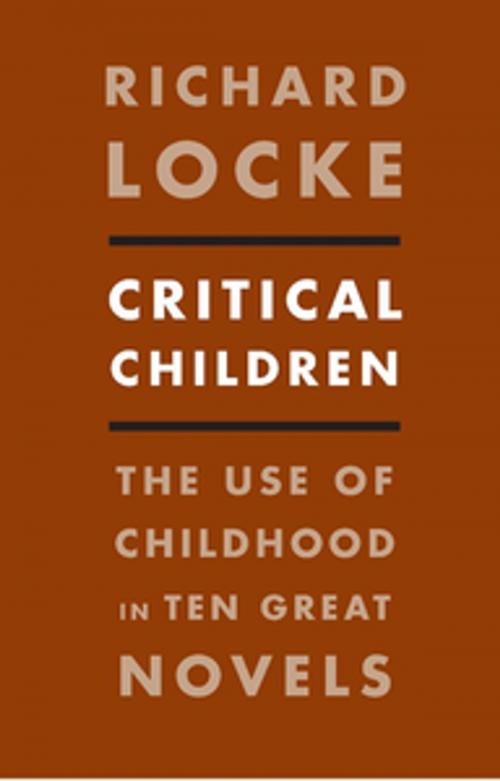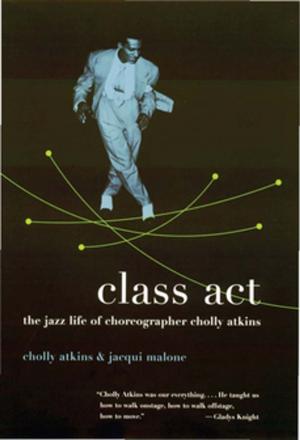Critical Children
The Use of Childhood in Ten Great Novels
Fiction & Literature, Literary Theory & Criticism, American, Theory, Nonfiction, Social & Cultural Studies, Social Science| Author: | Richard Locke | ISBN: | 9780231527996 |
| Publisher: | Columbia University Press | Publication: | September 20, 2011 |
| Imprint: | Columbia University Press | Language: | English |
| Author: | Richard Locke |
| ISBN: | 9780231527996 |
| Publisher: | Columbia University Press |
| Publication: | September 20, 2011 |
| Imprint: | Columbia University Press |
| Language: | English |
The ten novels explored in Critical Children portray children so vividly that their names are instantly recognizable. Richard Locke traces the 130-year evolution of these iconic child characters, moving from Oliver Twist, David Copperfield, and Pip in Great Expectations to Tom Sawyer and Huckleberry Finn; from Miles and Flora in The Turn of the Screw to Peter Pan and his modern American descendant, Holden Caulfield; and finally to Lolita and Alexander Portnoy.
"It's remarkable," writes Locke, "that so many classic (or, let's say, unforgotten) English and American novels should focus on children and adolescents not as colorful minor characters but as the intense center of attention." Despite many differences of style, setting, and structure, they all enlist a particular child's story in a larger cultural narrative. In Critical Children, Locke describes the ways the children in these novels have been used to explore and evade large social, psychological, and moral problems.
Writing as an editor, teacher, critic, and essayist, Locke demonstrates the way these great novels work, how they spring to life from their details, and how they both invite and resist interpretation and provoke rereading. Locke conveys the variety and continued vitality of these books as they shift from Victorian moral allegory to New York comic psychoanalytic monologue, from a child who is an agent of redemption to one who is a narcissistic prisoner of guilt and proud rage.
The ten novels explored in Critical Children portray children so vividly that their names are instantly recognizable. Richard Locke traces the 130-year evolution of these iconic child characters, moving from Oliver Twist, David Copperfield, and Pip in Great Expectations to Tom Sawyer and Huckleberry Finn; from Miles and Flora in The Turn of the Screw to Peter Pan and his modern American descendant, Holden Caulfield; and finally to Lolita and Alexander Portnoy.
"It's remarkable," writes Locke, "that so many classic (or, let's say, unforgotten) English and American novels should focus on children and adolescents not as colorful minor characters but as the intense center of attention." Despite many differences of style, setting, and structure, they all enlist a particular child's story in a larger cultural narrative. In Critical Children, Locke describes the ways the children in these novels have been used to explore and evade large social, psychological, and moral problems.
Writing as an editor, teacher, critic, and essayist, Locke demonstrates the way these great novels work, how they spring to life from their details, and how they both invite and resist interpretation and provoke rereading. Locke conveys the variety and continued vitality of these books as they shift from Victorian moral allegory to New York comic psychoanalytic monologue, from a child who is an agent of redemption to one who is a narcissistic prisoner of guilt and proud rage.















